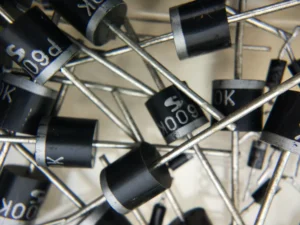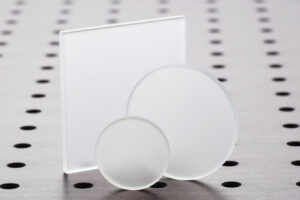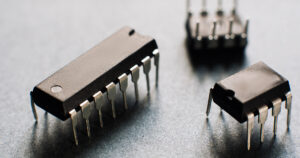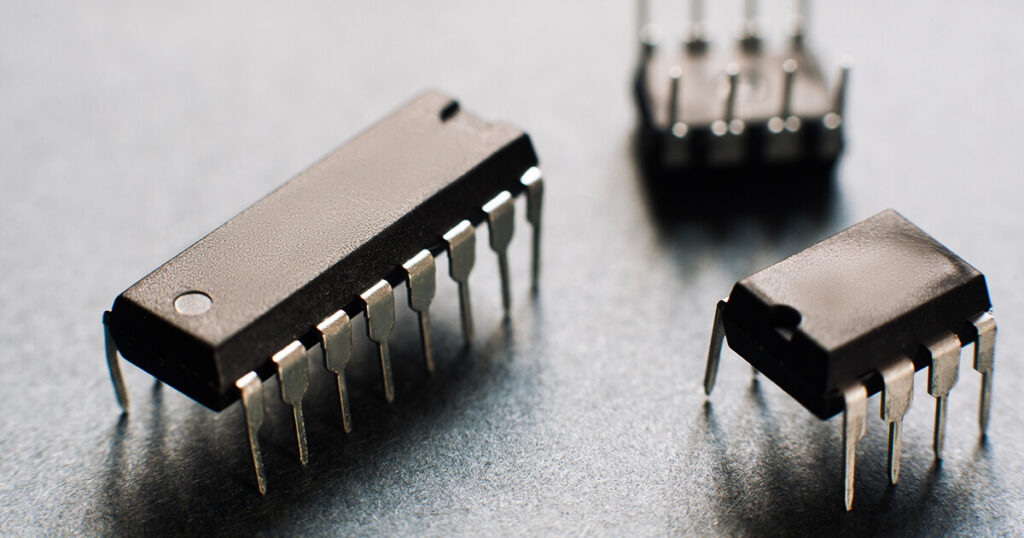
Operational amplifiers, or op-amps for short, are widely used electronic components that play a crucial role in many circuits and devices. In this article, we will take a closer look at op-amps, starting with their definition and function, and moving on to explore their many applications, configurations, characteristics, and design considerations.
Definition and Function
An operational amplifier is a high-gain voltage amplifier that has two input terminals (one inverting and one non-inverting) and one output terminal. It is typically used to amplify, filter, or process signals in analog circuits. The op-amp is called an “operational” amplifier because it can perform a variety of mathematical operations on its input signals, such as addition, subtraction, differentiation, and integration.
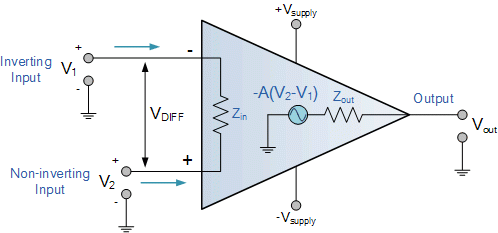
Applications in Electronics
Op-amps are used in a wide range of electronic devices and systems, including audio amplifiers, voltage regulators, power supplies, oscillators, filters, comparators, and many others. They are also used in instrumentation and control systems, where their high accuracy and stability are essential.
Operational Amplifier Configurations
There are several common configurations of op-amps, including inverting amplifiers, non-inverting amplifiers, summing amplifiers, difference amplifiers, integrators, and differentiators. Each configuration has its own unique characteristics and applications.
Inverting Amplifier: This configuration amplifies the input signal and produces an inverted output signal. It is widely used in audio amplifiers and other applications where the phase of the signal is not critical.

Non-Inverting Amplifier: This configuration amplifies the input signal and produces a non-inverted output signal. It is commonly used in applications where the phase of the signal needs to be preserved.
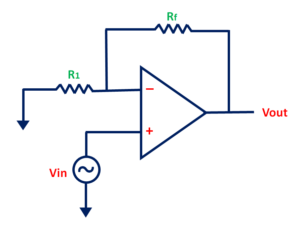
Summing Amplifier: This configuration adds together multiple input signals and produces a single output signal. It is used in applications such as audio mixers and signal processing.
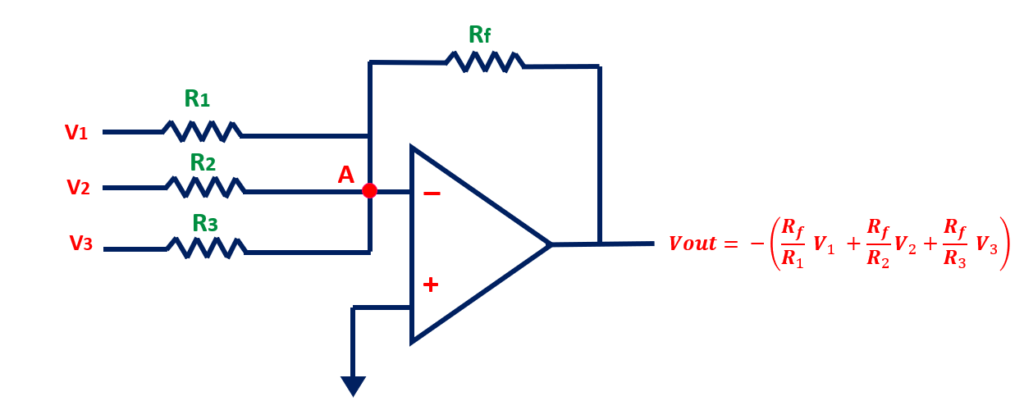
Difference Amplifier: This configuration amplifies the difference between two input signals and produces a single output signal. It is used in applications such as instrumentation and control systems.
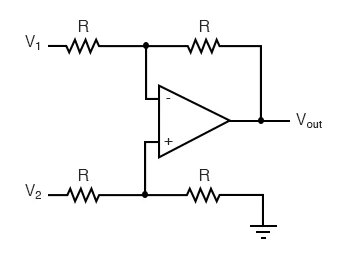
Integrator: This configuration produces an output signal that is proportional to the integral of the input signal. It is used in applications such as signal processing and waveform generation.
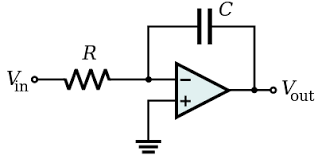
Differentiator: This configuration produces an output signal that is proportional to the derivative of the input signal. It is used in applications such as signal processing and waveform analysis.
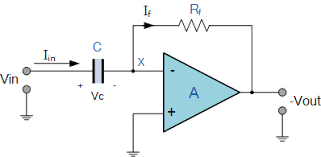
Operational Amplifier Characteristics
Op-amps have several important characteristics that affect their performance and application, including gain and bandwidth, input and output impedance, slew rate, and noise. Understanding these characteristics is essential for choosing and designing op-amp circuits.
Gain and Bandwidth: Op-amps have a high gain, which is the ratio of output voltage to the input voltage. They also have a limited bandwidth, which is the range of frequencies over which they can amplify signals effectively.
Input and Output Impedance: Op-amps have a high input impedance, which means that they draw very little current from the input signal source. They also have a low output impedance, which means that they can drive a high load impedance without significant signal loss.
Slew Rate: Op-amps have a maximum rate at which their output voltage can change, called the slew rate. This limits the maximum frequency of the input signal that can be amplified without distortion.
Noise: Op-amps have inherent noise that can affect their performance, including thermal noise, shot noise, and flicker noise. Minimizing noise is important for achieving high accuracy and signal-to-noise ratio.
Choosing the Right Operational Amplifier
Choosing the right op-amp for a given application depends on several factors, including the supply voltage, precision requirements, power consumption, and signal range. Op-amps are available in many different types and configurations, each with its own set of specifications and performance characteristics. Some of the factors to consider when selecting an op-amp include:
Single-Supply vs Dual-Supply: Op-amps can operate from either a single power supply or a dual power supply. Single-supply op-amps are typically used in battery-powered devices and low-voltage circuits, while dual-supply op-amps are used in higher-voltage circuits.
Precision vs General Purpose: Op-amps can be classified as precision or general-purpose, depending on their accuracy and stability. Precision op-amps are used in applications where high accuracy and stability are critical, such as instrumentation and control systems. General-purpose op-amps are used in a wide range of applications where moderate accuracy is sufficient.
Low-Power vs High-Power: Op-amps can be classified as low-power or high-power, depending on their power consumption and output capability. Low-power op-amps are used in battery-powered devices and low-current circuits, while high-power op-amps are used in high-current circuits and power amplifiers.
Rail-to-Rail vs Non-Rail-to-Rail: Op-amps can be classified as rail-to-rail or non-rail-to-rail, depending on their output voltage range. Rail-to-rail op-amps can produce output voltages that are very close to the power supply rails, while non-rail-to-rail op-amps have a limited output voltage range.
Operational Amplifier Circuits and Design
Op-amps can be used in many different types of circuits and designs, including active filters, oscillators, comparators, and voltage regulators. Understanding the principles of op-amp circuit design is essential for building reliable and effective circuits.
Active Filters: Active filters are circuits that use op-amps to filter and shape signals. They are widely used in audio amplifiers, equalizers, and other signal-processing applications.
Oscillators: Oscillators are circuits that use op-amps to generate periodic waveforms. They are used in applications such as signal generators, clocks, and timers.
Comparators: Comparators are circuits that use op-amps to compare two input signals and produce a digital output signal. They are used in applications such as voltage detectors and threshold detectors.
Voltage Regulators: Voltage regulators are circuits that use op-amps to regulate the output voltage of a power supply. They are used in applications such as power amplifiers, motor drivers, and LED drivers.
Troubleshooting Operational Amplifier Circuits
Op-amp circuits can sometimes experience problems such as oscillation, noise, and distortion. Troubleshooting these problems requires a systematic approach and an understanding of op-amp circuit design principles.
Common Issues and Solutions: Some of the common issues that can occur in op-amp circuits include instability, noise, distortion, and offset. Understanding the causes of these issues and their solutions is essential for building reliable op-amp circuits.
Using Simulation Software: Simulation software can be used to simulate op-amp circuits and analyze their performance. This is a powerful tool for designing and troubleshooting op-amp circuits.
Conclusion: The Importance of Operational Amplifiers in Electronics
Operational amplifiers are essential components in many electronic circuits and devices. They provide high gain, low noise, and versatile signal processing capabilities that make them ideal for a wide range of applications. Understanding the principles of op-amp design and operation is essential for building reliable and effective circuits.
Future Trends and Applications
The use of op-amps is expected to continue to grow in the future, as new applications and technologies emerge. Some of the emerging areas of application for op-amps include wearable electronics, IoT devices, and renewable energy systems. The development of new op-amp technologies, such as low-power and high-speed op-amps, is also expected to drive innovation in the field. As electronic devices become smaller and more power-efficient, the demand for high-performance op-amps will continue to grow. Additionally, the integration of op-amps with other electronic components, such as microcontrollers and sensors, is expected to lead to new and innovative applications in the future. Overall, the future of op-amps in electronics is promising, with continued growth and development expected in the years to come.
Also Read: MOSFETs: The Future of Electronic Switching


